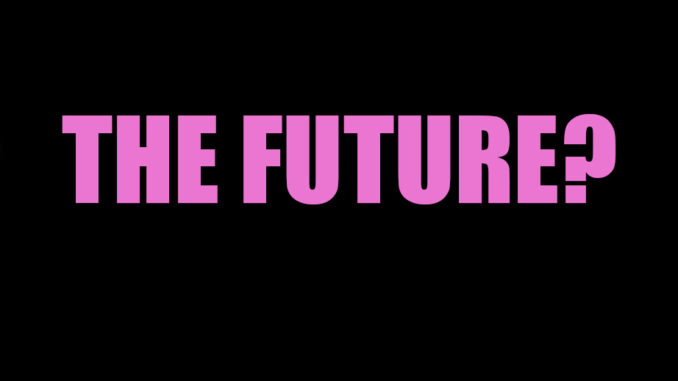
The Future of Cameras, Gear and Photography. The Mirror is Dying.
By Steve Huff
I can not believe it is 2018. I mean, I believe it as it is half way over already but man, time just seems to fly by so fast. Maybe that is because I am always keeping myself busy, from my waking moment until I shut my eyes at night. Over these past 10 1/2 years I have used, reviewed, shot with and obsessed over so many cameras. They come and go and come and go. I have gotten so excited at times about new camera releases (and wasn’t to shy to let you know when this happened) and other times have had burn out, and wanted to stay away from cameras for weeks.
Today though, we have something much different going on in the world of photography. Today many camera brands and names we love are having a harder time selling cameras. Not all, as some are kicking some serious booty. The reason for this is partly due to a new obsession with the masses, a camera of a different kind and one that truly goes with us everywhere. Yep, Our smart phones and today they are better than ever.
Yes, the smartphone is still today the #1 camera in the world.
Before we had capable cameras in phones, more people bought real cameras. Today, almost everyone owns a smart phone, at least it seems like it. So everyone always has a camera with them, and boy do they use them! You have heard that old saying a million times now, “The best camera is the one you have with you”. Yes, this is true, and yes it is something that we all can realize as true just by looking at social media. Millions of selfies, millions of photos, and millions competing for followers on Instagram, with millions taking the same old shots, over and over.
It seems that the phone though, has indeed brought back photography. A resurgence if you will. It is the camera of the modern day younger generation and man are they giving these phones a workout! Yes, photography has changed my friends.
With so many using phones for their photography, it has left some camera companies scrambling to find a solution to combat this, like Olympus has done with the E-PL9. Then there is SONY who is going farther to change the smart phone trend, and introduce people to real cameras via experiences, education and learning. Yep, Sony is doing this with their now yearly KANDO trip, and the last one a month or so ago was amazing. So many great people with gifts and talent were there, and we were all there to learn, mingle and use the latest Sony cameras to see what the real deal is with these real cameras ; ) Of course many there already used real cameras but some were instagram stars who are used to using phones for their imagery. By introducing them to all Sony models and any Sony lens they wanted to shoot with, it gives those a chance who normally shoot with a phone to experience what Sony has to offer. It’s a massive undertaking but one that is working for them. I applaud them and the Sony digital imaging team.
Also, no other company is as proactive as Sony when it comes to this kind of thing, and I was lucky enough to see it blossom from how it was just 8 years ago, when they would visit my home to show me a new model, to today, where hundreds join together to see the new models and use them at a gathering of photographers that feels … how can I put it…”Organic”. Sony is creating something special with their Kando trip, yes indeed. This year I brought my son with me as truth be told, one day he may take over this website and continue on with my work, and he loved the experience.
But let me get back on topic. What does the future of photography look like from my eyes? In my opinion, here is what I think is going to happen with cameras, and photography in general.
In addition to more Niche models like the X1d….
I think that Sony (and other companies) are leading the way for the new generation. DSLR’s have been in decline for a while and mirrorless is taking over the majority of sales of digital cameras. Yes, this is reality. For good reason. Mirrorless is much more versatile and yes, smaller. Even with some lenses being huge, the bodies today are super capable and produce stunning results while being as fast or faster than most comparable DSLR’s. Yes they are smaller. The mirror is dying IMO and in another 10 years I feel DSLR’s will be close to dead (and maybe even one or two of the mirrorless brands out today). In 20 years, I think the DSLR will be dead. That’s my prediction. So in the year 2038 find this article and see if I was correct.
Canon and Nikon will survive. But to do so, they need to change course, and quick. There are rumors of a Canon and Nikon mirrorless system and even a Fuji rangefinder. All I know is Canon and Nikon NEEDS to make this mirrorless venture a good one. They need to aim high and shoot high to catch up with Sony, and it is going to be hard to do. New lens mount, new lenses, and if they release a body that is slow, quirky and has the usual growing pains that mirrorless always had, they will lose. Remember, Fuji, Sony and others have had years to bring their bodies up to pro level speed and use.
I am rooting for Nikon actually. I would love to see a killer sleek mirrorless system, with style. I love what they did with their old Df camera, and while it was a DSLR, it felt different, it seemed different, and I enjoyed it. It was more mental for me, but the design of the Nikon Df felt good (see my review) , so if they do something with mirrorless along the lines of their old film designs, I think it would be a hit. If they go the route of a plain vanilla mii DSLR style mirrorless, well, I think they will flop. It needs to be sleek, fast and launch with good fast primes and a great zoom or two. It needs to be fantastic and have good control. I have always like Nikons color as well. So let’s hope they release something really great for their next mirrorless venture.
As for Canon, I just do not think there will be any big surprises. I expect they will have a mirrorless system that is serious, but I predict it will be sort of lackluster, and sold to mainly those who are huge Canon fans. Canon seems to have been slipping lately IMO. Nikon DSLR’s have bested Canon’s recently and they just seem to be in sort of a weird place. I hope they release something amazing, but my hopes are set kinda low. I am not expecting anything amazing, as they touted their M series before it launched as their serious mirrorless system. I have an M6 and it’s OK but lacking in every way compared to Sony, Fuji and even Olympus mirrorless systems.
I feel the next few years will see the further decline of the DSLR, though not a full death (until 2036!). There are just too many lenses out there, and too many new models still being bought. I think the next 5 years will bring some amazing mirrorless cameras from Sony, Fuji and even Leica who is still in the game. As for Panasonic and Olympus and the fate of Micro 4/3? I see trouble ahead, but this is because cameras like the Sony’s A7III, which is a fantastic camera, and priced at $2000, just over the Olympus EM1 MKII price. Yet the Sony is faster, full frame, has better low light performance and more versatile as you can shoot all kinds of lenses on it and keep the lenses full frame character. So micro 4/3 will stay afloat but unless they do something different and super appealing and also lower the prices some, there could be trouble for M 4/3 ahead. But who knows, maybe not. These are just my gut feelings. I LOVE my micro 4/3 cameras and own 3 of them, and many lenses. They can create amazing photographs and give up very little to larger formats when you have light. They only suffer in low light, but that has always been the case.
The future. I can not see it, and neither can you but we can guess by looking at the past, and the trends of today. The trends of today are PHONE cameras and full frame Mirrorless. Those are the hottest selling cameras today. Fuji is doing great things with their cameras and they have a huge fan base. They have a unique style, and unique sensors but I feel even Fuji is going to have to do something over the next few years as more and more switch to full frame mirrorless, and I have no doubt that they will. I know the numbers and I will say it is looking MIGHTY FINE for Sony, and it is well deserved as they are playing the game exactly the way it should be played. For maximum exposure and success.
So I see the next 5-10 years as being driven by more smartphone cameras being improved year after year, more switching to full frame mirrorless due to the dropping prices, and pros, amateurs and hobbyists alike going to full frame mirrorless, more leaving their DSLR behind. It seems to be the hot ticket today, though not the full picture. Cameras that still compete with the smartphone and are still selling well are cameras like the Sony RX100 series and their new MKVI seems pretty sweet with its 200mm reach, in your pocket. Though at $1200 this is a little pricey. A small pocket camera for $1200, just $800 less than an A7III? Yep, thats the price we have to pay as these cameras become more and more rare (the small pocket camera). A camera like this has to do things a phone can not do, and to do that takes a lot of tech, and a lot of money. 28-200? Good low light?
Your phone can’t do that (at least mine can’t), so this is why Sony is continually evolving with their ideas and cameras. They have to.
For the most part, compacts are almost dead. But the RX100 is one that keeps going, and keeps selling though I predict there will not be a MKVII RX100. I feel this will be the last of that series. Just a hunch.
Oh, and video is also the future! It’s everywhere. Camera reviews? Mostly all done via video these days, with hundreds trying their hand at video reviews of cameras and gear. I enjoy it, as I get to see others views on cameras. You can also learn like this, and I do, every day. Yes my friends, change is always happening and change is usually good. But video capabilities in cameras is also something getting better and better and more demands for it, so in a way we are also slowly switching to video over photo in many aspects of life. It’s happening right before our eyes!
So while I said a lot here, and still did not say much really, I feel the camera industry is changing, and we will see more niche style cameras (X1D, GFX, Leica SL and M, Fuji RF) and the progression of mirrorless and sensor tech. I am still happy with cameras made a few years ago, so how much better can they get?
Well, I think there are many improvements ahead in imaging, as there are things we have no idea about that will exist within imaging within 5-8 years making images more realistic than ever. But how much do we need? That is the question.
It will be a fun ride I am sure, and I look forward to experiencing it all.
WHAT ARE YOU LOOKING FORWARD TO FOR DIGITAL IMAGING IN THE FURURE?
Steve

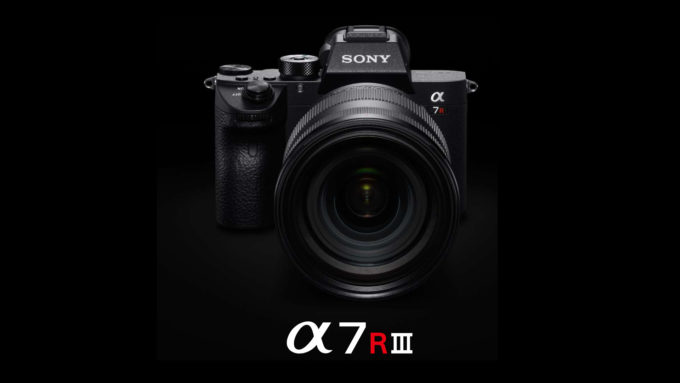
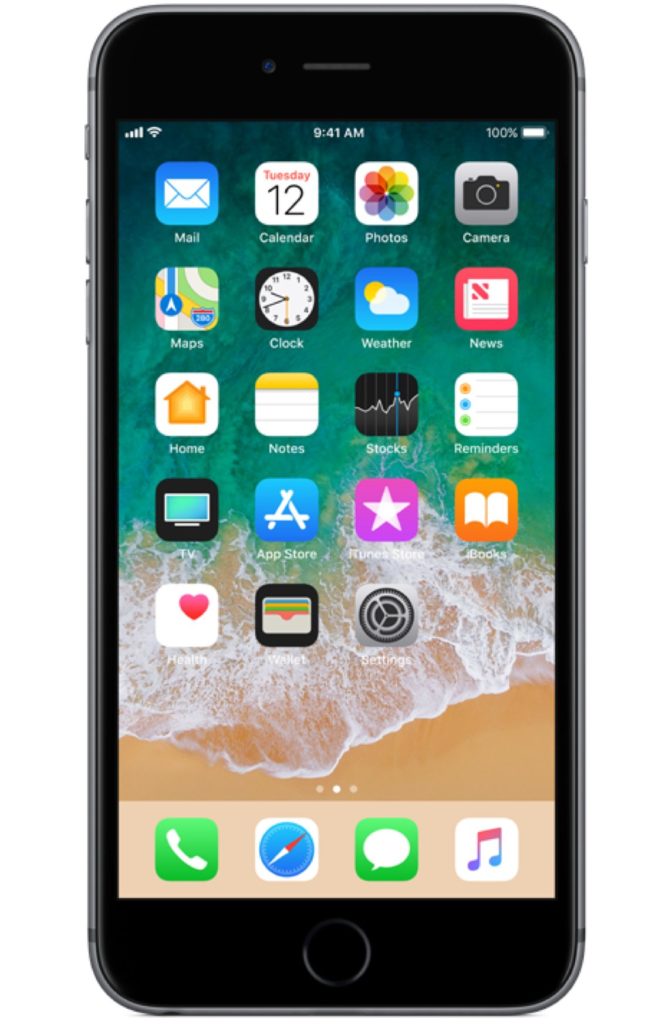
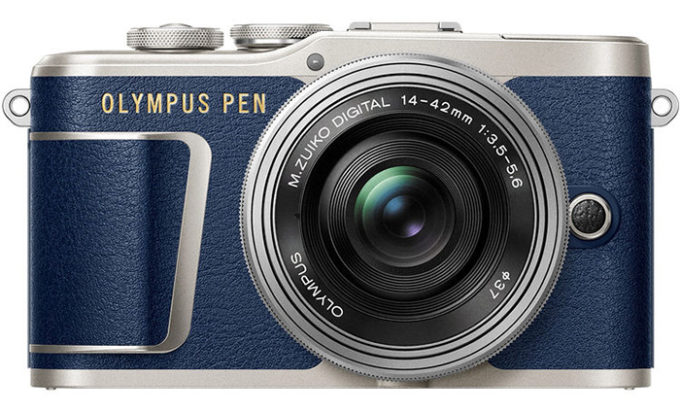
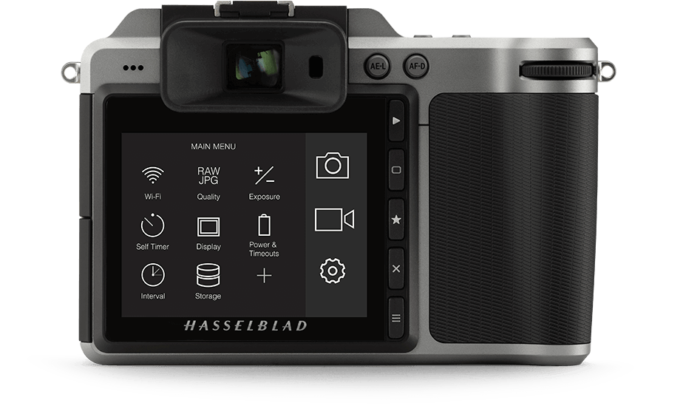
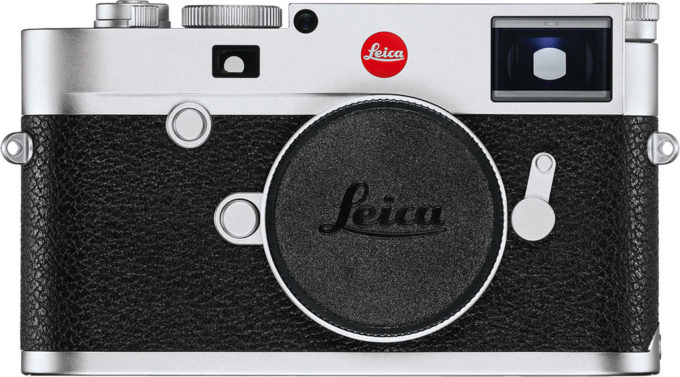
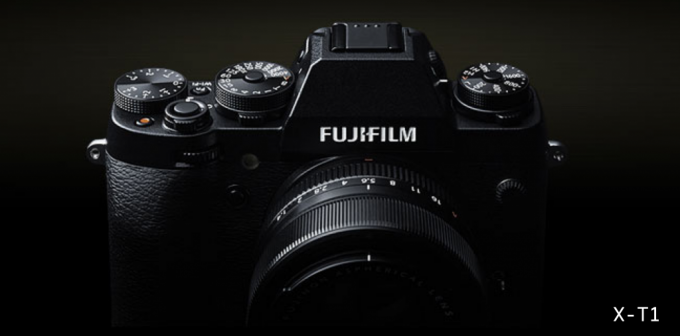
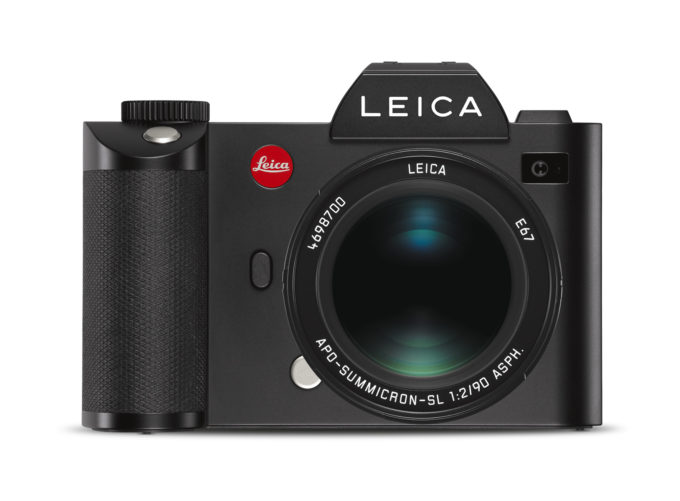
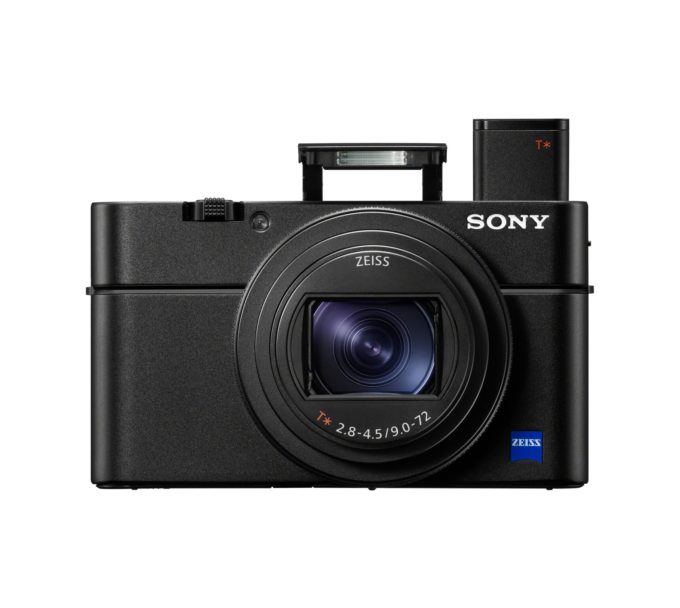

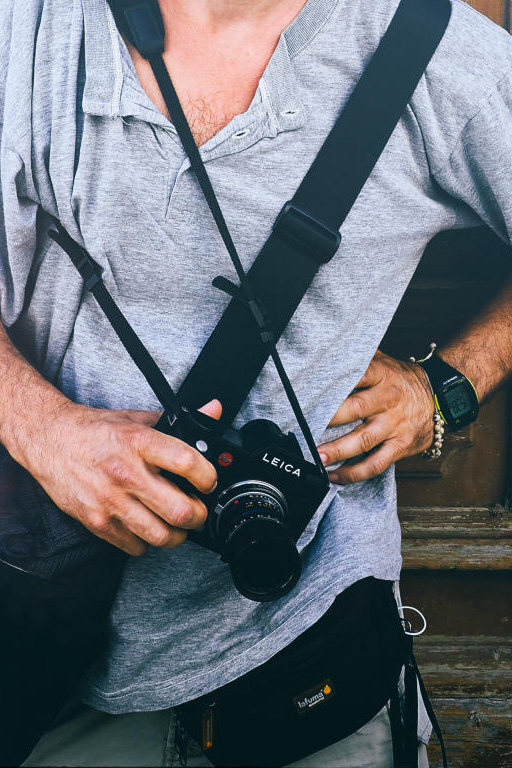
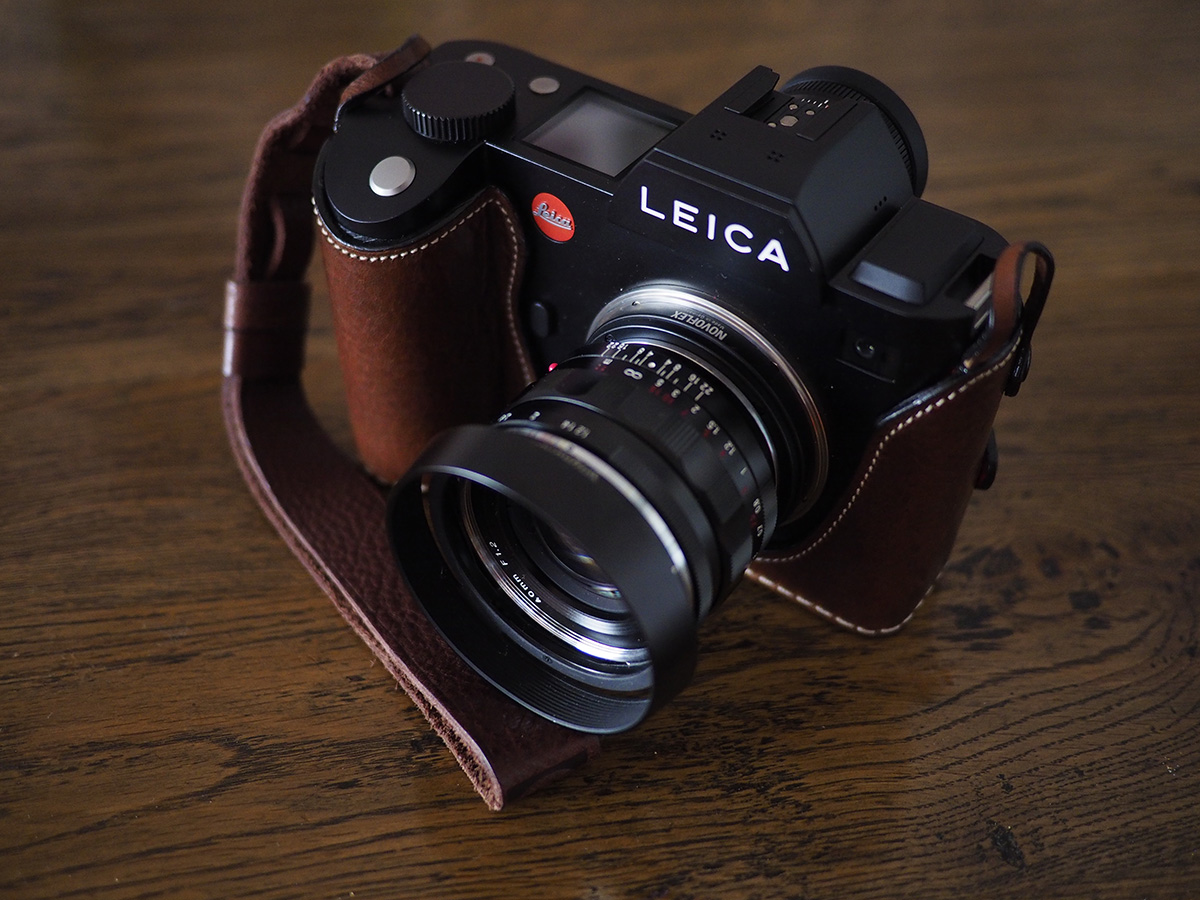

https://www.dpreview.com/news/2953539022/nikon-restructuring-and-strong-d850-sales-lead-to-8x-increase-in-annual-profit
Wait until the D8XX comes out. Mirrors are hardly dead. Nikon is hardly going away.
We shall see ; )
Humour me…..there’ll be no cameras – mirrorless or DSLR etc in 20 years time. We’ll be wearing integrated virtual reality (sun)glasses, which allows unlimited access to videos / stills, editing, reshaping, reproduction etc in real time. There’ll be a few historical cameras (A7R mark X) etc kept by museums to demonstrate how slow and limiting technology was in the 2010’s! Steve, no doubt you’ll be a grinning old timer relaxing on a porch somewhere, muttering about the good old days, with a slew of cameras hanging around your neck or in some weather beaten bag at your feet? Who knows, but I guess we should just sit back and enjoy the ride!
My own crystal ball is centered on the technology side – Nikon will die, or become a OEM lens manufacturer for others. Reason, their dependence on other people’s chips, shaky financial condition and lagging ability with software/firmware. Not hard though to imagine a native nikon lens on a Sony or Canon or Fuji. Canon will stumble forward, have several full frame mirrorless offerings (think the original M), have a clumbsy hybrid mount and mediocre menu interface. Leica and Hasselblad will slowly bleed their investors patience and become “collector’s items” and memorabilia of photo glory days. Pentax will fold when Ricoh tires of the borderline financial returns. Panasonic will finally absorb Olympus and become a niche supplier of semi-professional video gear. Fuji will stride forward and become a major player with it’s “super full frame” format line GFX products – especially when technology enhancements and increased volumes drive the price down to the current full frame price points.
Major photography investment areas will come in a slew of lens only manufacturers targeting a limited range of camera bodies. Look for the market for “accessories” to continue to flourish – lights, bags, etc.
the thing that we always get wrong is the speed of change of technology. the DSLR concept will be dead and buried in 5 years, forget 20.
I bet agree with all that said,
Myself using Mirrorless for 3 years now after 15yr
With canon…and yes it’s quite painful that the evf goes black
I did a studio shoot last week and I was completely blind
Other than that just advantages
You can turn off the live view in the EVF. So you can shoot in the studio and see what you’re doing.
“Actually, there is one thing that DSLRs (and RFs) can do that CSCs can’t. You can underexpose the sensor by multiple stops and it won’t affect the viewfinder. With an EVF on a mirrorless body, you can’t go too much more than two stops under before the viewfinder goes too dark.”
Sorry, that’s not true. At least for Olympus, which is the only one I’m familiar with, exposure-time gain can be decoupled from EVF gain. But in very low light, there the OVF retains an advantage.
I didn’t know that. Maybe I need to look at the Olympus system. 😉
And we can expect some Chinese competition.
Hi Steve, just put all the advance improvement in the future aside and use whatever equipment you have on hand for the next 10 years. when you look back you will not miss a thing. camera manufactory keep making new features to make people keep buying new gear , so they can keep making money. you have to stop this cycle and enjoy photography.
smart phone camera is convenience but not good enough and lack versatility. You need a real camera to do a more serious job.
The technical evolution provides a nice opportunity to rethink the basics.
Ansel Adams wanted everything in focus, and with the tools then available, tilting and shifting the lens and the focal plane was necessary. All that is gone now.
Cars needed a manual choke and an engine crank – nobody misses them.
What if the today fashionable bokeh is actually a remedy for sloppy composition, by blurring the background?
I agree with Steve, in a few years the image grabbing tools will be different.
Pushing the envelope: assuming that for most people 8 Mpix is enough, then a separate still camera is unnecessary. Use yor video enabled device and grab a video frame as a still picture.
Also would like traditional camera controls, with focus and aperture rings on the lens, and shutter speed, ISO, exposure compensation, and color temperature knobs on the camera body that allow manual settings, but each with an “A” choice that tells the camera to chose the best setting of that parameter automatically.
Fujis are quite close to that spec.
I’m looking forward to having no moving parts, so electronic shutter and image stabilization being done by shifting pixel data on a stationary, high resolution, rapid readout sensor.
Are you familiar with the Nikon D850 liveview electronic shutter? It pretty well fulfills your wish list.m
I am aware and I would never own a D850 for my personal use. It’s too large, fat and does not have an EVF. Not a fan of shooting from the LCD either. Superb DSLR though. I have two friends who own one.
Steve – I’ve had both DSLR & Mirrorless, including a Leica M, Noctilux, Summilux and Summicron lens. I absolutely love rangefinder focusing. Unfortunately, my 63 year old eyes don’t work like they used to, so I sadly sold my Leica equipment. The next camera was a Sony A7II. In my opinion only, was a piece of junk. I ruined about 200 vacation images from Destin, Florida, thanks to the A7II & Sony 55mm F1.8 Sonnar T FE ZA. Everyone’s face were red and looked like lobster. Horrible red tint to everything. The blues were ice cold. Not a good experience. I then bought a Nikon D810 and have loved Nikon ever sense. Currently, I have the D5 & D850 plus a host of f2.8 glass and faster. I personally do not find the cameras too big. Seemingly, the mirrorless manufacturers have everyone believing if one carries a camera body larger than a deck of cards, they are……(fill in the blank). They have done a great job of marketing, I give them that. Ironically, any full frame, mirrorless glass f2.8 or faster are virtually the same size as DSLR equivalent (other than the beloved Leicas). Don’t hear many remarks there. Regardless, I find the bulk pleasently stabilizing, not nearly has heavy as made out, and a host of other good reasons for ownership. The D850 in particular provides unmatched IQ of any camera I’ve owned. Seriously. The D5 is stupid fast and can shoot really high usable ISO’s all day. The AF on both cameras trumps anything I’ve ever owned, by a margin too. They simply do not miss, period. Focus tracking on my D5 presents 90%+ keepers, an outstanding percentage. To that end, I know professional photographers for the Texans, Rockets & Astros, as I live in Houston. They keep their opinions pretty low, but none of them are too jazzed about mirrorless (the future of) for the type of photography they do. Back on point……..I think it will take time before any type camera is made extinct, although no one said tomorrow or next month, in all fairness. Heck, I still have my Mamiya 7II and love it, love it, love it. I guess by some definition, it’s extinct. Love your website, very informative information and teaches me something every time I read. Please keep up the GREAT work!
Interesting and thoughtful article Steve.
In my experience, Minolta and Olympus were often pioneers and trend setters – from the use of AF and Anti-Shake in body stabilization, to mirrorless and beyond.
Sony, having bought Minolta continued this tradition and it’s nice to see this.
I remember the Minolta and Konica guys talking about their ideas for the future of Sony Cameras when they went over – it seems they’ve achieved a lot!
canon and Nikon have thew Pro market wrapped up and are pushing their Pro Video and Film DSLR’s heavily – I reckon Mirrors have a few years yet, but will be mostly cleared out of the consumer market very soon.
But with the resurgence of Film it is an indication of the fact that Art and Photography doesn’t mean realism.
Not a bad assessment. I would add that the “smart phone” camera is not only used extensively by millennials but also seniors. We’re retired and travel a bit and I am often surprised by the vast numbers of fellow retirees taking smart phone shots at parks, beaches and other similar settings. 10 years ago these folks would have been using a small pocket digital camera. No more… iPhone or Android phone.
Finally, for any consumer camera to cut through this smart phone forest, it has to be exceptionally easy to use (i.e. enough with the 20+ buttons!), connect to the internet right then and there for uploading, and be sold at the entrance to Costco (where the majority of Canon Rebels and Nikon D3XXX and D5XXX cameras are sold in the US).
I suspect for the 1% or 2% of “purists” remaining, Leica will survive and perhaps a brand or two more (Sony if they keep innovating and maybe subcontract interface design to Apple). The rest, pleasant memories.
A great pocketable camera: full frame ricoh GR!
yes!
I just wiped a tear of joy from thinking that this is even a possibility.
The one advantage M4/3 has over full-frame mirrorless cameras is that M4/3 lenses are generally much smaller, lighter, and less expensive than full-frame while still delivering outstanding optical quality. This may not appeal to everyone — many people prefer pickup trucks to sports cars after all — but my guess is that it will appeal to enough photographers to keep Olympus and Panasonic in the game.
Overall yes, but no longer for all the lenses. The 50mm f/1.4 Nikon I used to own was less bulky that my current Olympus 50mm f/1.2 PRO lens, and yet do pretty much the same thing. We may be cutting hairs here for some lenses, but as a photographer that uses Olympus cameras, I have begun looking at some of the Panasonic offerings in order to keep my rig “small.”
The D850 will keep DSLR’s in the game for a long time. That’s one camera, too.
There are few advantages, honestly, micro 4/3 over FF. Size is about it.
Fuji RF? Thats exiting.
I agree, at the moment and near future full frame ML cameras will dominate, but there is one big issue with FF – its the size of the sensor, which requires bulky and heavy lenses. Olympus demonstrates an intelligent possible trend for the future. A small sensor together with small fast lenses (eg. 25/1.2). They offer great capabilities for the image appearance (3d) and quality. Sensor technology will develop further (for sure) – even for low light performance which is the weak point at the moment.
Size and weight matters as it has to be carried by human beeings(always).
I do not think that in future full frame will be dominating solution. Olympus shows it already, even with a small sensor one can reach excellent and in most cases suficient results. The size of the camera and the lenses is a big issue in future. A smaller sensor can operate with smaller lenses. And sensor technology will improve for sure – better low light capabilities etc.
So in my opinion the full frame sensor is not the long term trend, maybe only for very specific cameras.
An new Olympus camera that looks and feels like the E-M1 Mark II but that is Full Frame with a 4k No Blackout EVF and a thumb nubbin for AF pointer…Aimed at the A7III price and specs-wise. Do that Olympus and TAKE MY MONEY!
Oh yes!
Why? What would differentiate that from an A7III ? Is the name on the body so important to you ? I don’t believe that the full frame market is all that big a pool, and there are already 3 very large fish, and 1 smaller one (Pentax) in there. Olympus has chosen the smaller sensor path from the outset, it is their identity, their USP. For good or bad.
Why would anyone want to get all new lenses for a full frame Oly? Sony does FF very well. I own micro four thirds cameras and lenses. I would not be interested in FF from Oly or Pany.
I would love to see a full frame digital Olympus 35 SP – that would rock it!!
I imagine a VERY NICHE camera for studio only with only low iso choice, only used with a tripod (So for landscape as well outside), with a REAL Merrill Foveon sensor (120 Mgp x 3 layers). Mirroless. Could be an APSC/H or FF sensor. Specific very good fixed lens. One lens one body. No matter the AF speed. only B&W and natural color about choice. No video at all. the goal would be picture with super details and more : no edges blur like ALL Bayer sensors. STEVE, I love your web site.
Plus ca change. Late 20s folders fell to rangefinders, late 50s rangefinders fell to SLRs, post 2010s (D)SLRs fall to mirrorless. Every time a new company emerged to take the lead; Leica, then Nikon and now Sony. Cameras, as stand alone items were (stress were ) mass market; every one had a box camera, fewer had some thing better and fewer still had a top end camera with interchangeable lenses. All the major players (except Leica) played in the mass market and this gave scale to support the higher end. The camera phone is eviscerating this scale generating base. The camera phone does all that most need, and will continue to get better, albeit limited by the physics of sensor seize. So the question becomes how many major camera brands we once knew can be supported by a smaller group of aficionados. Camera makers are now facing the same re-base of their market that American radio and TV set makers faced with the advent of the transistor, or the US motor cycle/car makers faced with products produced more efficiently elsewhere. Its not just cameras being ‘done in’ by the mobile phone, calculators, radios, guitar tuners , watches, and many more all facing the same converged fate. Sony has done well because it is not hampered by the sunk cost of camera tradition. This mind set of sunk cost killed Zeiss-Ikon and Rollei, and almost Leica. So mirrorless will kill off at least one major brand,in the way that these changes always do, who will be the Indian , Packard, Studebaker, or the Zenith of this wave. Strangely analogue film thrives in this era as another niche, you only have to look at the ever rising prices of quality film cameras to see that part of market is tiny but flourishing. Its always hard to see that giants be they Camera makers or Empires are mortal.
I fined the evolution of trends and the companies and products that lead and pursue those trends to be fascinating. Your points are excellent and relevant. I would point out that of the largest industrial producers in the US 100 years ago, the companies that made up the Dow Jones 30 Industrial Index (it was actually 20 – 22 in number then) that only 1 is still in the list today… General Electric.
No railrodas. No steamships. No sugar producers. With the accelerated pace of product development today, I suspect even greater turnover in producers in any and all categories, cameras amongst them. That Canon and Nikon and others are lagging so badly in development to address trends is not a good long-term sign for their health.
No longer even GE http://fortune.com/2018/06/19/ge-last-original-dow-industrial-stock-out-walgreens-in/
I agreed with most of that. In fact I have been saying this for at least the past two years. Predictably, many responses have been negative and even personal. Same thing when I (and half the world’s population!) could see that Adobe Flash was dead as soon as the iPhone was launched. That was in 2007. Flash is dead, and the DSLR will go the same way, though not tomorrow morning.
Anyway, I think that people don’t like their sacred cows – as in oversized, mediocre DSLR systems – being made totally redundant before their eyes. These same people who embraced the digital revolution are now the luddites. Funny how that works?
I have no sympathy for Canon. Easily the worst camera system out there, despite selling so well (to my surprise). The most innovative DSLRs are made by neither Nikon nor Canon. However, at least Nikons have performance advantages. Not the low end ones, though. Models like the D3200 are awful, and I’d rather use the out-dated NEX-C3.
I don’t get the rush to 24×36, however. The prices are competitive, especially if you look at the A7 and the A7 MkIII. But even 1″ sensors are now really good. Never mind Micro 4/3 or APS-C (AKA Super 35). The sweet spot (for value:price:performance) used to be APS-C, but now I wonder if it isn’t Micro 4/3. Hmmm…
Mobile phones can NEVER replace a proper camera. For goodness sakes, do you really think that even the best iPhone can match an RX100? When phones can match the RX100 MkV, call me. Forget subjective things like DOF – those tiny sensors and single (or dual) lenses are just not good enough. Even the Light 16 is really not the revolution that we were expecting.
On a slighty tangent, it’s a shame that Lytro isn’t developing the Illum. That camera was the future of photojournalism and news gathering, I think. 4Mpx output wasn’t great but it wasn’t bad, either.
Do people really, really want progress in digital, or do they only want progress that lets them keep using digital versions of motorized 35mm SLRs? I used DSLRs for years. I thought they were great. But they are inferior in every way to CSCs like the latest A7, A9, OM-D, etc.
It’s also worth remembering that according to the laws of physics, ISO sensitivity wouldn’t go past 6000 or so. Look where we are at now! Goodness knows what the next A7s is going to be like.
Actually, there is one thing that DSLRs (and RFs) can do that CSCs can’t. You can underexpose the sensor by multiple stops and it won’t affect the viewfinder. With an EVF on a mirrorless body, you can’t go too much more than two stops under before the viewfinder goes too dark.
Yes, I get it, sometimes old technology can be superior. It’s called film and I am betting that in a few years, there will be more 35mm SLRs in use than DSLRs. Film sales will never, ever overtake mirrorless digital, though, and quite frankly that’s exactly how many people want it. If film can be a way to differentiate your work, then it’s best that most people don’t use it (or even know about it!).
Conclusion: we are very spoiled by a market which is very much competition-driven. It’s not like computing in the ’90s when people tried to force you to use Windows PCs against your will. No, these days, cameras are so good, even old models, that you can’t blame them if your photography isn’t where you want it.
Photography is the greatest profession/vocation on Earth, and at the end of the day, there will always be choices. I like it that way.